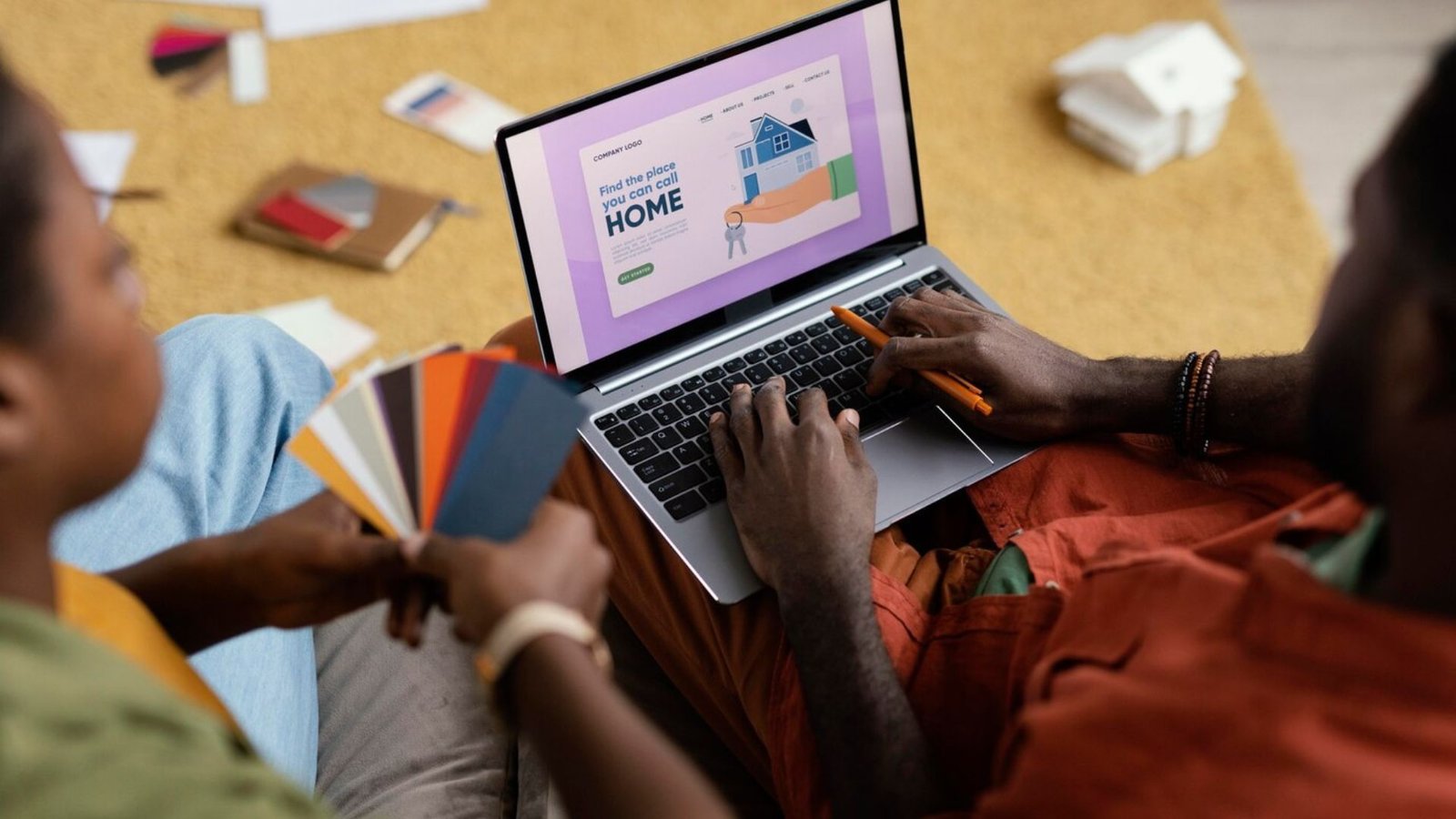
|
Getting your Trinity Audio player ready...
|
Microsoft Remote Desktop emerges as a pivotal solution amidst the surge of remote work, addressing the burgeoning need for seamless access to computers and applications from any location. With its comprehensive suite of features, Microsoft Remote Desktop facilitates enhanced productivity and collaboration in today’s dynamic digital environment. This versatile tool empowers users to establish secure connections to remote systems, enabling efficient access to files, resources, and software applications. Through the Remote Desktop Protocol (RDP), users can navigate their remote desktops with ease, fostering a seamless workflow regardless of geographical constraints. Moreover, Microsoft Remote Desktop offers robust security measures, including encryption and multi-factor authentication, to safeguard sensitive data during remote sessions. Additionally, by leveraging best practices and optimizing performance settings, organizations and individuals can harness the full potential of Microsoft Remote Desktop to streamline operations, foster collaboration, and adapt to the evolving demands of remote work.
Understanding Microsoft Remote Desktop
At its core, Microsoft Remote Desktop serves as a gateway to remote accessibility, empowering users to establish connections with distant computers or virtual desktops from virtually any location with internet access. By harnessing the power of the Remote Desktop Protocol (RDP), this innovative tool facilitates secure and seamless connections, bridging the gap between users and remote systems. Through these connections, users gain unparalleled access to files, applications, and resources, enabling them to execute tasks with the same efficiency and functionality as if they were physically present at a remote location. Whether accessing work documents from a home office or troubleshooting software issues on a remote server, Microsoft Remote Desktop offers unparalleled flexibility and convenience. Its intuitive interface and robust security features ensure that users can navigate remote environments with confidence, optimizing productivity and facilitating collaboration across distributed teams in today’s increasingly interconnected world.

Setting Up Remote Desktop Connections
Getting started with Remote Desktop Services is a breeze, offering users a seamless process to initiate remote connections. Simply by entering the hostname or IP address of the desired target computer and providing valid authentication credentials, users can swiftly establish connections from their own devices. This straightforward approach eliminates unnecessary complexity, allowing users to quickly access remote resources without extensive configuration or setup. Moreover, Remote Desktop Services goes the extra mile in ensuring security and privacy for remote access scenarios. It supports the utilization of Remote Desktop Gateway servers, which serve as intermediaries for secure remote access over the Internet. By leveraging these gateway servers, users benefit from an additional layer of protection for their sensitive data, safeguarding it against unauthorized access or interception.
Enhancing Security Measures
Furthermore, microsoft Remote Desktop offers several built-in security features to safeguard user data and prevent unauthorized access. These include Network Level Authentication (NLA), encryption of data transmission, and multi-factor authentication (MFA) for an added layer of identity verification. Implementing strong password policies and regularly updating software further bolsters security measures.
Optimizing Performance and Speed
Efficient performance is crucial for a seamless remote desktop experience. To optimize performance, users can adjust settings such as display resolution, colour depth, and audio quality to strike the right balance between performance and visual fidelity. Enabling features like bitmap caching and compression can further improve responsiveness, especially when working with bandwidth-constrained networks.
Exploring Advanced Features
More so, remote desktop services offers a plethora of advanced features to cater to diverse user needs. These include the ability to transfer files between local and remote machines, printer redirection for printing documents from remote sessions, and clipboard synchronization for seamless copy-paste functionality. Additionally, Remote Desktop supports session shadowing, allowing administrators to view and control active user sessions for troubleshooting purposes.
Best Practices for Remote Desktop Usage
Adhering to best practices is essential for maximizing the benefits of Microsoft Remote Desktop. Users should ensure that remote connections are established only with trusted devices and networks to mitigate security risks. Regularly updating software and applying security patches helps safeguard against potential vulnerabilities. Additionally, users should disconnect from remote sessions when not in use and log out of accounts to prevent unauthorized access.
Troubleshooting Common Issues
Despite its robustness, users may encounter occasional issues when using Microsoft Remote Desktop. Common issues such as connectivity problems, authentication failures, and performance issues can often be resolved through troubleshooting steps such as checking network connectivity, verifying login credentials, and adjusting connection settings. Leveraging online resources and community forums can provide valuable insights and solutions to resolve technical issues promptly.
Conclusion
In conclusion, Microsoft Remote Desktop serves as a versatile solution for accessing remote computers and applications with ease and efficiency. By understanding its capabilities, implementing security best practices, and optimizing performance settings, users can leverage Remote Desktop to enhance productivity and collaboration in remote work scenarios. With its array of features and functionalities, Microsoft Remote Desktop remains a valuable tool for businesses, educators, and individuals seeking seamless remote access to resources from anywhere in the world.
You might be interested in:
